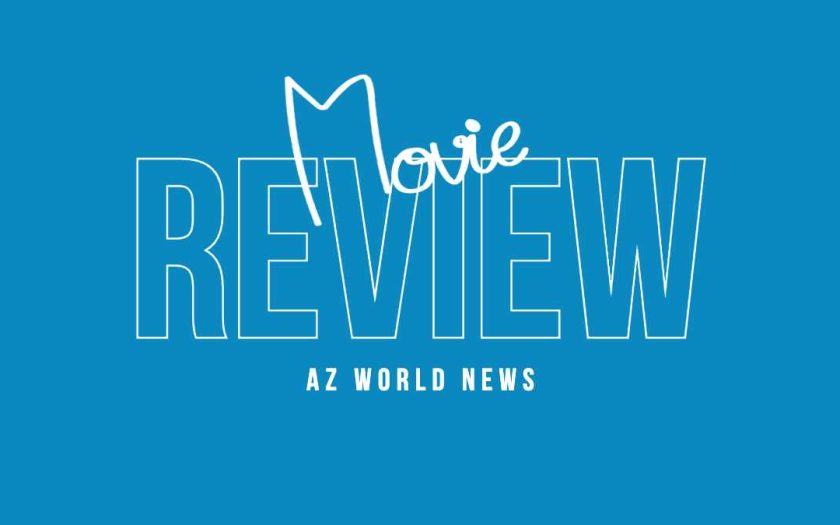Sergio Leone is one of the authors that I simply adore. Ever since I watched his “Good, Bad, Bad” for the first time as a kid, I was fascinated by that completely atypical and original style, and that fascination with Leone continues to this day. It could be said of this Italian genius that he created his own genre, which he brought to perfection in this legendary western as well. He created Leone from a standard genre film such as the western, a real art, and in “Once Upon a Time in the Wild West” from the first scene, his unique and recognizable style is visible, upgraded again by the phenomenal music of another genius, Ennio Morricone.
Although after the final part of the dollar trilogy, namely “The Good, the Bad and the Ugly” in 1966, Sergio Leone decided to retire from westerns and began working on the film that would become “Once Upon a Time in America” almost two decades later, an offer arrived which he could not refuse. The production company Paramount offered him the biggest budget to date and Henry Fonda for the lead role in a western of his choice. To create the story, he hired two then young and relatively anonymous compatriots who would become masterful directors within a few years – Bernardo Bertolucci and Dario Argento. The final script was eventually written by Leone himself and his constant collaborator Sergio Donati, and what this genius then recorded can be described as the pinnacle of spaghetti westerns. It is interesting that he once again wanted Clint Eastwood for the main role, but after two appearances in spaghetti westerns, he apparently had enough, so he hired Charles Bronson for the character of the man with the accordion.
Accordion is actually the first of the four main characters we will meet. Already the opening scene is anthological and we see three gunmen waiting for someone at the train station. That someone is, of course, Harmonika, and the genius of this film is that each of these characters also has their own recognizable music. And again, there are no classic negatives and positives, they are all people with a mysterious past, typical (anti)heroes from the wild west who have obviously been through everything and anything in life, and morality is a quality that has no place in such a climate anyway. Harmonica’s path will soon converge with the fresh widow and former prostitute from New Orleans Jill (Claudia Cardinale), who arrived in this backwater to marry a red-haired Irish widower.
But even before she got there, gunmen led by Frank (Fonda) killed the groom and his children, and another gunman, Cheyenne (Jason Robards), will be interested in the fate of the beautiful Jill. Here again, Leone deals with standard western themes such as gunmen, land grabbing, railroad construction and, of course, greed. However, he does it in a way that we have never seen before or since in a genre that reached its peak in the 1960s and had already begun to deflate and wear itself out, and apparently an Italian was needed to breathe something new into that typical American genre.
Leone’s films fascinate me because they also have a completely different rhythm and tempo from the classic western. While in a typical western, everything is tried to be done quickly and there is no idleness and wisdom, Leone managed to turn the slowness of the pace and anticipation into the strongest weapon. The direction and cinematography are sensational and once again Leone pays incredible attention to details and again there are often in the foreground the faces of people who may never have been as expressive on film as in his films. Let’s just remember the opening scene and the moments when a fly lands on one of the gunmen’s face and he plays with it for a good two or three minutes.
Leone’s choice of actors for roles in his films is also wonderful, so he found Jack Elam, a guy with such an expressive and striking face, for the small, episodic role of the gunman with a fly on his face. I already mentioned that Fonda, the director’s favorite actor with whom he always wanted to work, was the main reason why he agreed to make another western, and Bronson, Robards and Cardinale are equally excellent. “Once Upon a Time in the West” is one of those films that I return to every few years, a masterpiece that is both a tribute to the classic American western full of references to the highlights of the genre, but also a cowboy with which Leone once again confirmed that he is a visionary and a director whose style and eye for detail few can match.
